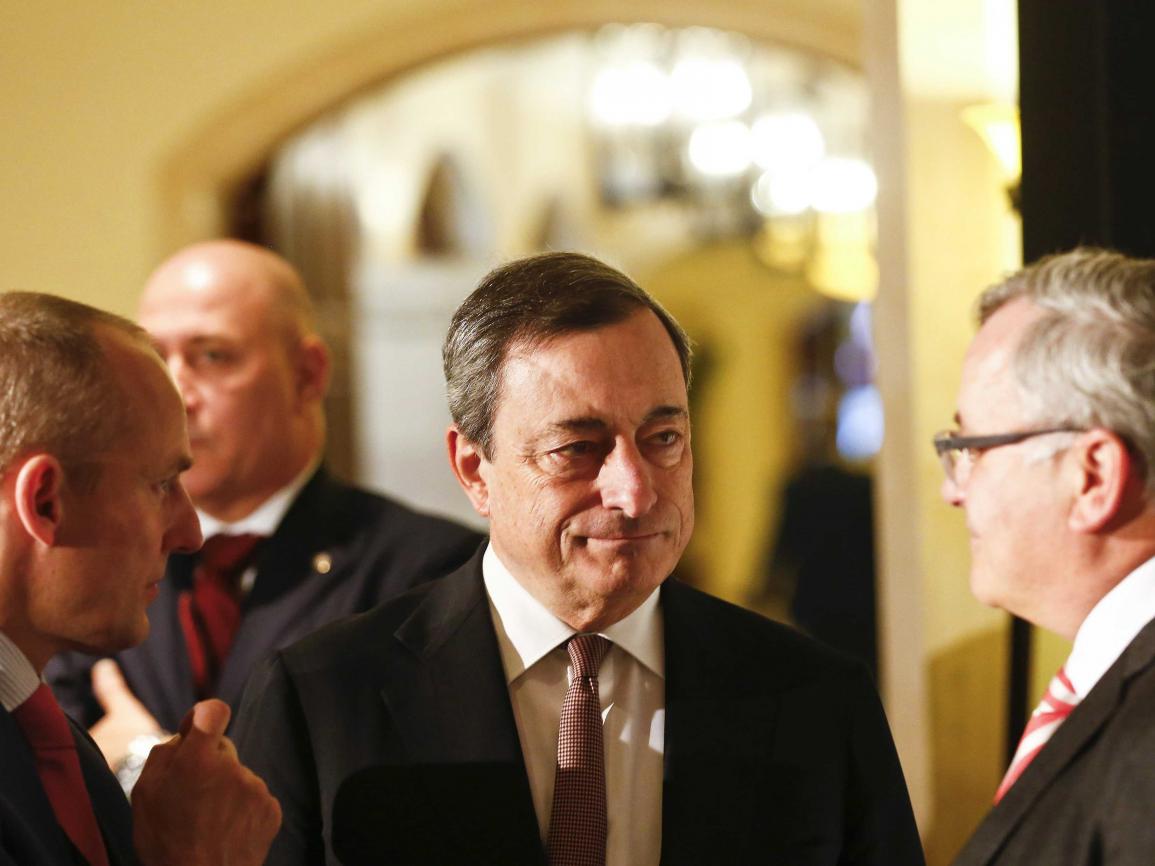With bank stocks sagging, particularly in Europe, could a pinch of additional quantitative fairy dust and even more negative interest rates make the economic formula even better? That’s what a Capital Economics report predicts will happen this March 10, as the postulates set out European Central Bank President Mario Draghi for implementing further stimulus in the region appear to have been met.
In January the ECB’s Governing Council decided to “reconsider” its stance on monetary policy in March, the publication last week of meeting minutes reveal. Combine this with comments last Monday where Draghi suggested the council should focus its attention–low imported inflation and monetary policy transmission by banks–and the runway appears clear for takeoff. More stimulation is on the way, ValueWalk reported.
With a rising US dollar greatly influencing lower EU import prices, Draghi sees no danger ahead on the rocky road to increased monetary stimulus.
Further, looking at the banks, the coast is clear to further institute additional stimulative policy because it hasn’t dramatically impacted growth. “Despite extra stimulus, the 'credit impulse', which puts bank lending on a comparable basis with GDP, fell last year,” the report noted. “On past form, it points to growth of below 2%, too slow to put much upward pressure on inflation.”
Opposition to Stimulus
Not everyone in ECB thinks stimulus is necessary. Not everyone in the ECB’s Governing Council is convinced additional stimulus is appropriate. Governing Council members Jens Weidmann, going against the grain, stated that QE was “no longer necessary” while member Ewald Nowotny warned against speculating about policies “that are simply institutionally and technically impossible.”
The central bank is proposing purchasing securitized non-performing loans–getting the bad debt off the books. This is something that Nowontny said might be technically impossible but if anyone can do it, watch for Draghi to fit a round peg in a square hole. The end result could be a deposit rate cut by as much as 20 basis points and an increase in monthly QE purchases to €80 billion in March, the report predicted.
500 Note€
The last report observed the characteristic road to serfdom, through currency debasement, being trodden in the Eurozone with the ECB's assault on the five hundred euro note. This assault received the political blessing of the eurogroup's president Jeroen Dijsselbloem.
Dijsselbloem went even further than Draghi and asked the ECB to look into the role of the five hundred Euro note "and cash money" in relation to the "useful idiots" of organized crime who are being framed as the excuse for this exercise. According to him: "We are going to ask the ECB to look at cash money and the accessibility of the €500 note".
Dijsselbloem therefore signaled that he intends to sanction the removal of cash in circulation, in addition to the large denomination bills. Residents of the Eurozone will not be able to hide their money under the bed, since there will be no money.
Any money they hold will therefore be in digital form at the bank. The bank will then charge them negative interest rates for holding such digital cash, and the Eurozone sovereign nations will then confiscate wealth from the banks with even more negative interest rates.
Deflation May Return
Research Team at Lloyds Bank, suggests that this week will be important for the eurozone, as the ECB prepares for the possibility of further stimulus in March, FXStreet reported.
“President Mario Draghi has reiterated that the ECB “will not hesitate to act” if financial market turmoil has increased downside risks to the inflation outlook. The first hints of February CPI inflation in the eurozone will come from preliminary estimates for Germany, France and Spain (all Friday).
The eurozone figures are due next Monday. We believe that another monthly decline in energy prices will result in a sharp fall in headline CPI inflation in Germany to 0.1%y/y from 0.5%y/y in January. Declines are also expected in France and Spain. The upshot is that eurozone headline inflation looks set to fall back towards zero or even lower in the near term.”


